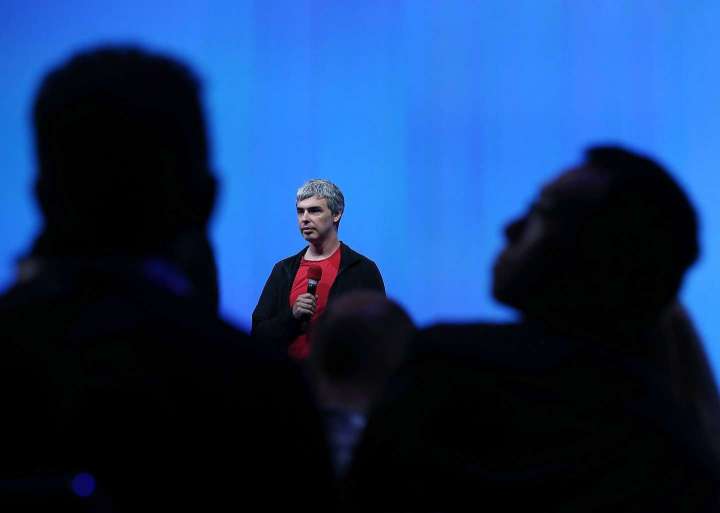The dream of flying cars zipping around in the air has suffered a major reality check.
If a Google billionaire can’t make flying cars happen, can anyone?

After launching over a decade ago, the flying car company backed by Google co-founder Larry Page garnered fanfare typical of moonshot ideas championed by Silicon Valley titans — and was largely seen as one of the most likely to make a breakthrough.
“Silicon Valley [is] constantly putting out these ideas for how we solve the problems of transportation and urban life with new technologies,” said Paris Marx, a technology critic and host of the podcast Tech Won’t Save Us. “That has been an utter failure.”
Kittyhawk, like many of its competitors, made bold promises on its website of building a fleet of air-taxis that are “ultra-quiet and battery-efficient,” and could fly hundreds of miles on a single charge while being nearly silent within 30 seconds of taking off. “If anyone can do this,” the company’s site said, “we can.”
Representatives from Kittyhawk did not return a request for comment.
We have made the decision to wind down Kittyhawk. We’re still working on the details of what’s next.
— Kittyhawk (@kittyhawkcorp) September 21, 2022
The start-up’s collapse highlights the challenges in mastering flying transportation, experts said. Battery technology needs to advance far past its current state. Getting regulatory approval for flying cars will be difficult. And the infrastructure to support a world of flying cars and vehicles is a vastly complex challenge.
“Even Elon Musk has said: everything works in PowerPoint,” said Peter Rez, an emeritus physics professor from Arizona State University, but “things are never going to work as advertised.”
Investors have poured billions into start-ups looking to change how people get around. In 2021, air mobility start-ups raked in record $6.9 billion in investment, a large chunk of which went to electric vehicles that take off and land, known as eVTOLs. The pace of funding slowed in the first half of 2022, McKinsey analysts noted.
Despite the cash, flying cars have suffered a string of major setbacks, according to media reports. A Forbes investigation of Kittyhawk in 2019 alleged the company was plagued with battery and safety issues.
Rez said lithium-ion battery problems will be a constant challenge for the industry. They output energy at a 50 times less efficient rate than their gasoline counterparts, requiring more to be on board, adding to cost and flying car and plane weight.
Companies are clinging to hope that battery technology will advance rapidly, he said, though it’s not clear when that will happen.
Lithium ion batteries have been known to catch fire, and scientists understand advancing the highly flammable part of the battery, called an electrolyte, is necessary but proving scientifically difficult.
Aviation agencies, Rez added, require commercial planes to have enough reserve power to fly for at least 30 to 45 minutes past their destination, another challenge.
Marx noted that Silicon Valley moonshots are unlikely to succeed alone. To achieve widespread adoption of flying taxis and planes, it would require more airports, federal coordination and large-scale infrastructure planning.
“Ultimately, these are political problems that require political solutions,” Marx said. “Technologies alone cannot solve that.”






